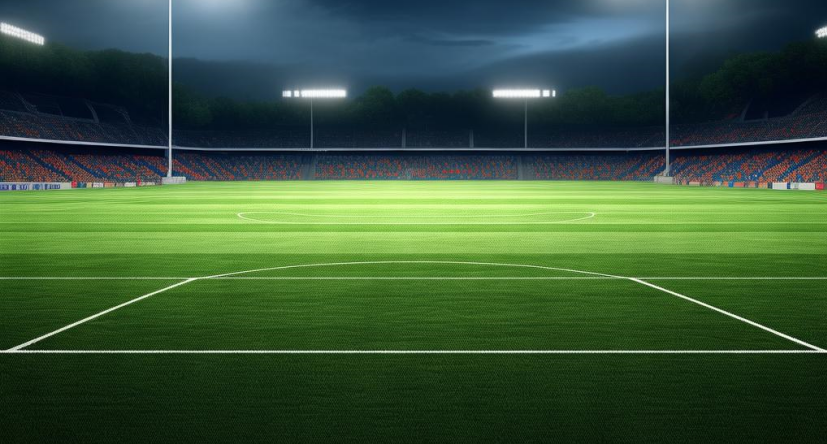
Introduction
In the world of sports, lighting is no longer just about visibility—it's about enhancing performance, ensuring safety, and creating unforgettable spectator experiences. From local community fields to grand stadiums hosting international events, advanced sports lighting solutions are transforming how games are played and viewed. This article explores the latest innovations, technologies, and best practices in sports lighting, offering actionable insights for facility managers, designers, and sports enthusiasts alike.
1. The Evolution of Sports Lighting
Sports lighting has come a long way from the days of flickering floodlights. Today’s solutions prioritize:
- Energy Efficiency: LED technology reduces power consumption by up to 70% compared to traditional metal halide lamps.
- Precision Control: Smart systems adjust brightness and color temperature in real time.
- Sustainability: Solar-powered and low-glare designs minimize environmental impact.
Case Study: The 2022 FIFA World Cup in Qatar utilized adaptive LED lighting across all stadiums, cutting energy use by 40% while enhancing TV broadcast quality.
2. Key Components of Modern Sports Lighting
A. LED Technology: The Gold Standard
- Benefits:
- Instant on/off (no warm-up time).
- Lifespan of 50,000–100,000 hours.
- Customizable beam angles (15°–60°) to reduce spill light.
- Applications:
- High-mast lighting for football fields.
- Low-glare fixtures for tennis courts.
B. Smart Lighting Systems
- IoT Integration: Remote monitoring and control via mobile apps.
- Dynamic Presets: Pre-programmed settings for different events (e.g., "Game Mode" at 2,000 lux vs. "Training Mode" at 500 lux).
- Flicker-Free Performance: Critical for slow-motion broadcasts (SVM <1.0).
C. Human-Centric Lighting
- Circadian Rhythm Alignment: Tunable spectra (3,000K–5,600K) to support athlete focus and recovery.
- UV-Enhanced Lighting: UVB fixtures improve vitamin D synthesis for indoor venues.
3. Sport-Specific Lighting Strategies
SportKey RequirementsRecommended Solution
Football
1,500–2,500 lux for broadcasts
Asymmetric LED floodlights (30° tilt)
Tennis
750–1,500 lux, zero glare
Low-profile LED fixtures with shields
Basketball
1,000+ lux, high CRI (≥90)
Ceiling-mounted uniform lighting
Swimming
300–500 lux, reduced water glare
Waterproof IP68 LEDs
4. Sustainability & Cost Savings
- Solar Hybrid Systems: Off-grid venues can pair LEDs with solar panels (e.g., California’s Solar-Tracked Field Lighting).
- Light Pollution Mitigation: Full-cutoff fixtures comply with Dark Sky regulations.
- ROI Example: A high school in Texas saved $18,000 annually by switching to LEDs.
5. The Future: AI and Beyond
- Predictive Lighting: AI algorithms adjust brightness based on weather or crowd size.
- Li-Fi Technology: High-speed data transmission through light for smart stadiums.
- 3D-Printed Fixtures: Custom designs for unique architectural needs.
